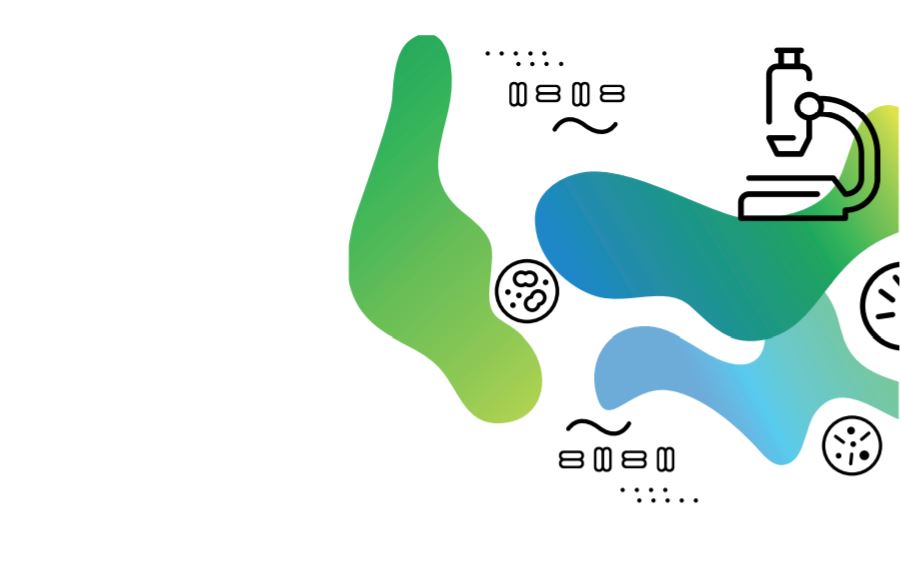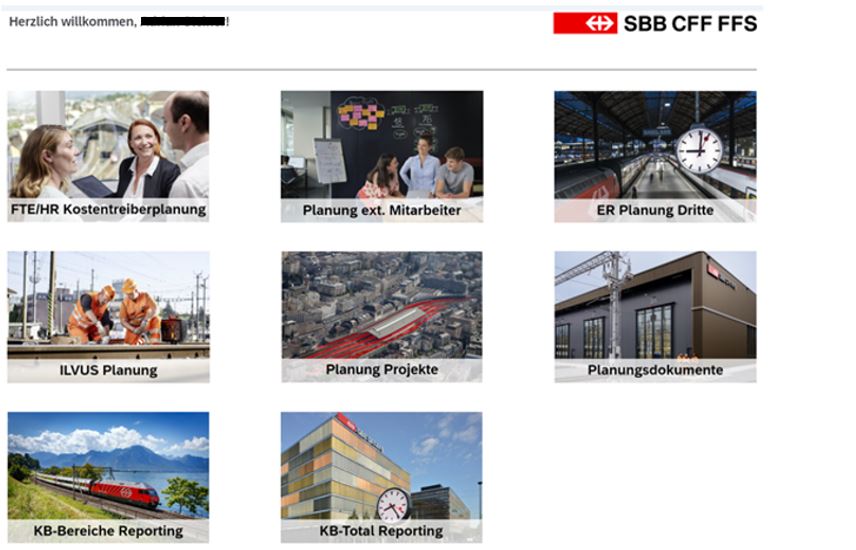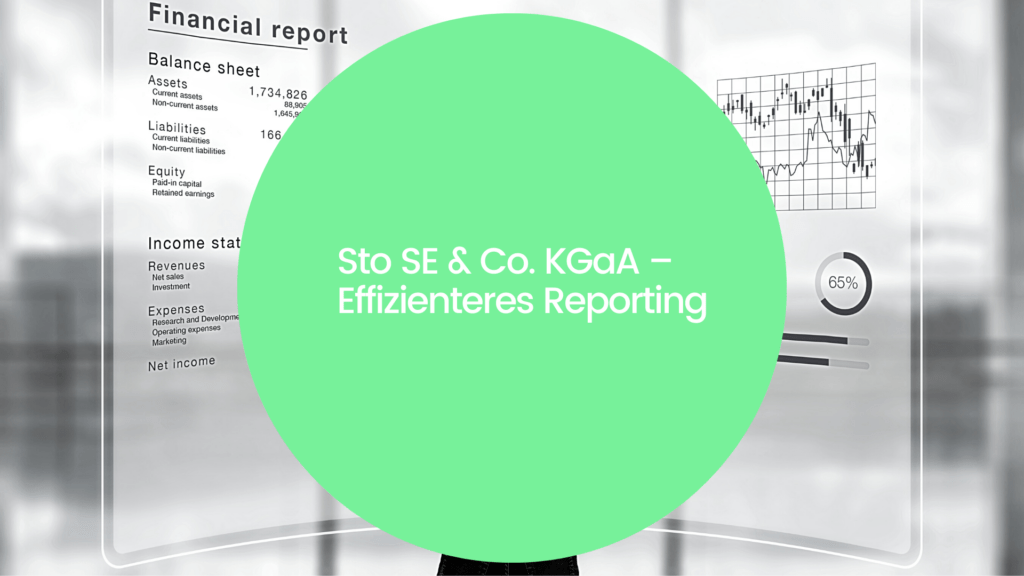- Use Case
- 3 min reading time
Customer intelligence - addressing customers at the right time and via the right channels
The company
One of the leading Swiss insurance companies (over 4000 employees) is transforming its campaign management, which has so far been very statically embedded in CRM, into a dynamic, more effective and automated CRM in the sense of customer intelligence. The objective is to offer customers products that they really need - individually and personalised. To this end, interactions with customers are now managed through different channels across the entire customer relationship (including precise tracking of results).
With the help of s-peers, the company has created a platform that very efficiently combines various applications relating to customer activities and master data. This includes, for example, contract data, information on the sales organisation or demographic and geographical data on the policyholders.
Thanks to this solid and uniform information base, the insurer can now complement the classic customer segmentation with up-to-date details on the individual life situation of the customers. However, this is not about laying averages over customer segments: The aim is rather to highlight the individual customer more sharply and to achieve individualisation. This increases the granularity of consideration and approach. Taking into account the different events in the life of a customer, needs can be derived and suitable offers can be proactively submitted. This is completely data-driven and fully automated.
On the one hand, the intention is to significantly increase the closing rate by making the message highly relevant to the customer. In parallel, customer loyalty, interaction and satisfaction are to be further increased, while a reduction of process steps is achieved through automation.
The task
The insurance company serves a total of 1.9 million customers with a portfolio of over 90 products, some of which require a great deal of explanation. In the future, these products are to be communicated to suitable customers in a more targeted manner in order to create even more trust and security through specific offers.
However, digitalisation and changing customer behaviour are having a massive impact on the so-called customer journey within the insurance industry today. At the same time, the pressure on the market is growing due to competition and other (niche) providers.
These challenges can only be met successfully through a better understanding of the market and the individual customers. In addition, there is the requirement for simplicity and clarity. The digital instruments imply the expectation of always being able to seamlessly and coherently comprehend information and history. Interlocking and thus integration of the individual touch points to the customer are therefore indispensable.
Thanks to a common data layer in the form of an enterprise data warehouse, master data and activities for the individual policyholders could already be held from the different applications or databases.
At the same time, however, there were still major deficits at the process level - this was very fragmented, especially in campaign management, and characterised by many system breaks.
Setting up individual marketing actions or campaigns took at least three weeks and involved a lot of effort. Also, the activation of the different channels was mostly carried out manually by means of manual imports. In addition, it was not possible to trigger follow-up steps via a measure (e.g. proactive activation of an offer after reporting a property purchase as a life event).
The previous model was no longer sustainable on this scale. As a result, the insurer decided to launch a promising project for a digital, event-driven marketing and sales concept with s-peers as a partner.
Requirements
- Creation of a central data repository for campaign management
- Ensuring data quality (reduction of duplicates, outdated data, reconciliation effort and other sources of error)
- Automated identification of customer needs based on life events
- Automated campaigns
- Control via different communication channels
- Coordination of synchronisation points with more than 13 other projects
Solutions
- Establishment of a technical infrastructure based on
SAP CRM, SAP EDWH and SAP HANA, extended by the modules SAP Hybris Marketing
and SAP Predictive Analytics - Preparation of operative campaigns in the operative CRM system based on practical business cases (e.g. relocation, price calculation) plus implementation, analysis and integration in the campaign process
- Creation of, among other things, predictive data models on the SAP HANA platform using analytical functions
- Integration of these models (cross-selling, up-selling, churn) into the campaign process for efficient integration and use in practical campaigns
- Development and creation of a basis for the generation of triggers (data, infrastructure) and associated rules
- Development of the respective offer story based on the insights gained (e.g. birth of the first child or career entry)
Technologies
- SAP BW: Data provider
- SAP CRM: data provider and platform for customer interaction
- SAP SLT: Data real-time replication
- SAP HANA: Native Data Modelling / Platform for Trigger-Based Analytics
- SAP Predictive Analytics: Predictive Modelling
- SAP Hybris Marketing: Campaign Management, Channel Connection
- SAP Hybris Marketing: Campaign Management, Channel Connection
Published by:

Sven Knöpfler
Head of Technology

Sven Knöpfler
How did you like the article?
How helpful was this post?
Click on the stars to rate!
Average rating 5 / 5.
Number of ratings: 1
No reviews yet! Be the first to rate this post.








